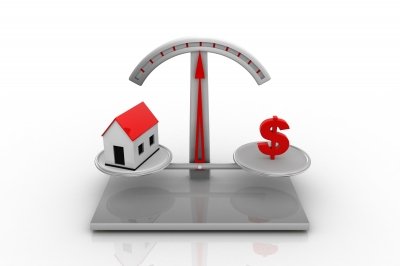For most people, their home ranks as more than just a long-term investment. A home is where memories are made, kids are raised, and a family can establish long-standing roots in a community.
A homeowner’s policy helps to protect not only your investment in a home, it also allows families to rebuild should life’s unpredictable nature cause the unthinkable to occur. However, in order for you and your family to start over should a disaster strike, you need to have your home properly valued on your homeowner’s policy. While this may require you to pay more in premiums each month, the extra money you spend each month will seem well worth it should you need to have your home rebuilt or restored to the way it once was.
To help you establish the right property value for your home, consider the following tips when purchasing your next homeowners policy.
Plan for the Worst
When purchasing a homeowner’s policy, you first need to determine the cost of rebuilding your home from the ground up. This means insuring your home for its replacement cost, or the total amount needed to rebuild your home if it were completely destroyed in a fire or natural disaster.
To properly gauge your own home’s value, you need to determine the average building cost in your region of the country and within your own neighborhood, and then apply this number to your home’s style, size, and quality of the craftsmanship and construction.
Your best resource for this type of information is a local contractor with a trusted reputation. For a flat rate, you should be able to find a local contractor to walk through your home and provide you with a detailed and accurate estimate of your home’s worth and what it would cost to rebuild in the current home market. For the most detailed estimate, look for a contractor that specializes in individual, custom designed homes.
Remember the Small Details
When assessing the value of your home, don’t forget to take into account the small details that make your home unique. Whether your home features a stone fireplace, plaster-and-lathe walls, or antique molding, you need to make sure a contractor takes any of these types of small details into account when providing an estimate for your home. If you fail to point these details out, and the contractor fails to notice them, then your estimate may reflect a price less than what it would require to restore you home to the way it was should you need to rebuild.
You should also consider inviting a real estate agent or insurance broker to your home for a quick walk through. While the molding, closet doors, or bathroom fixtures in your home may seem nice but unremarkable to you, a trained eye can point out any special features your home contains.
Remember to Update
Like the stock market, home prices can fluctuate wildly in a few short years. To ensure your homeowner’s policy accurately reflects the value of your home, you need to have your home reappraised every few years. This can also help ensure that you don’t continue to pay for more coverage than you need, which could help lower your monthly premiums.
Image courtesy of renjith krishnan / FreeDigitalPhotos.net



